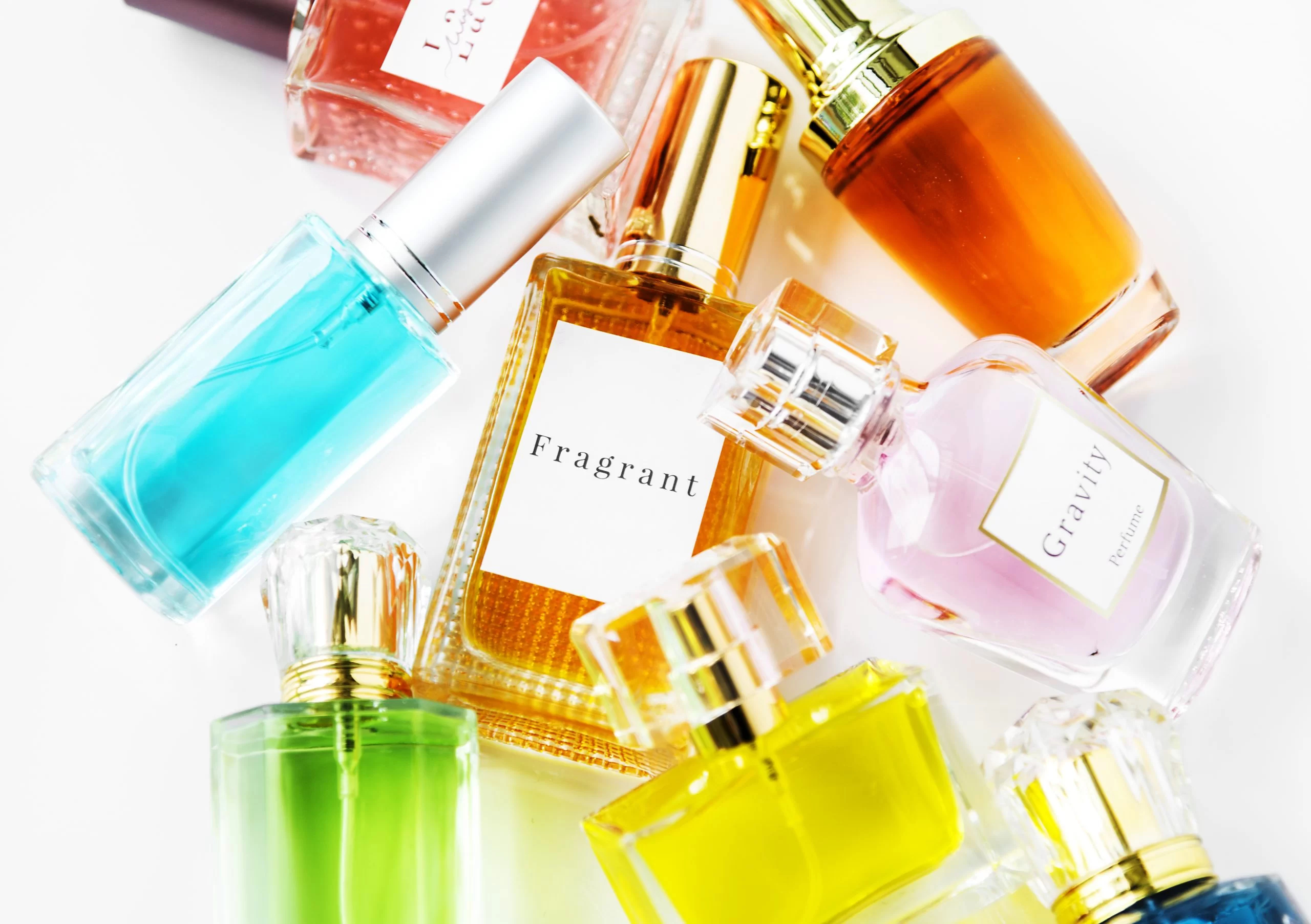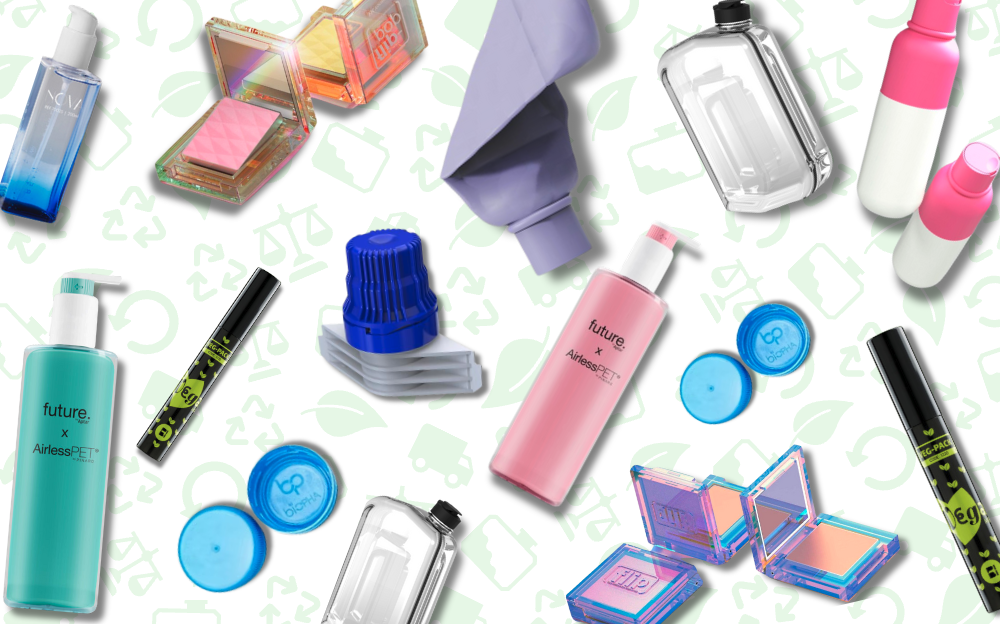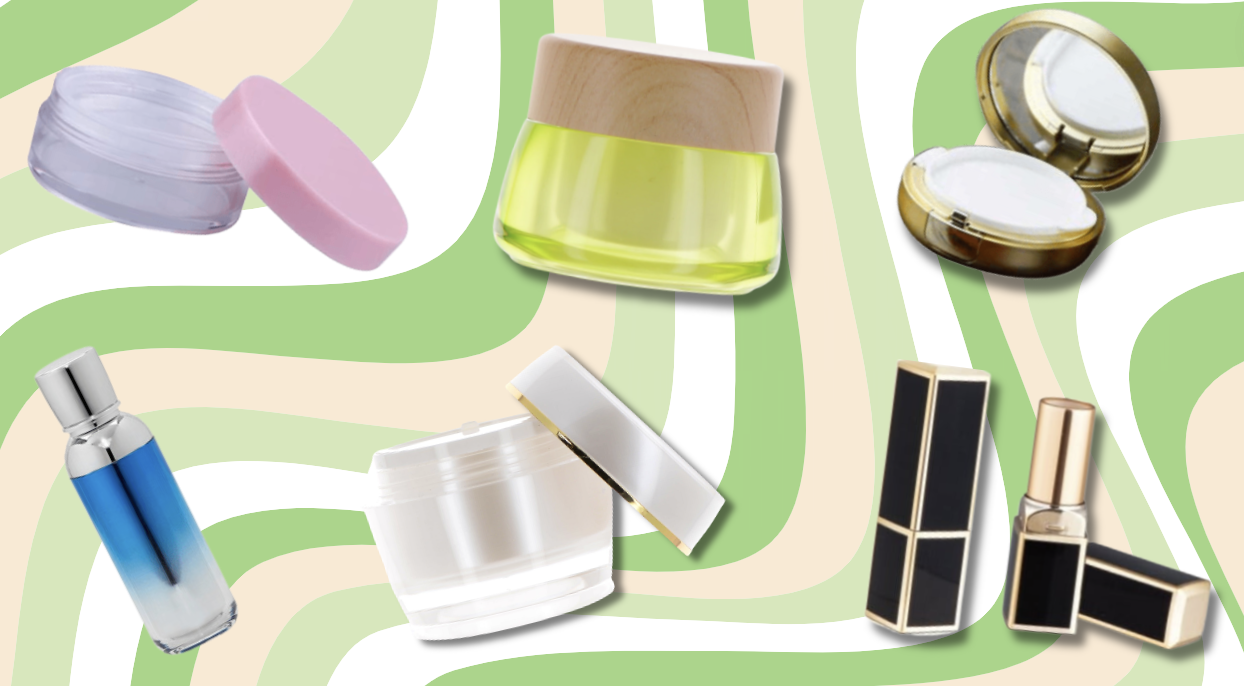
The Ultimate Guide To Glass For Luxury Perfume Bottles
Glass not only provides modern-day practicality and high standards specifications in perfume production and product design, but the material also has a storied place in scent history. Before we dive into what makes a particular glass high quality and suitable for luxury perfumes, let us first revisit the history of where the glass perfume bottle originated.
The Original Beauty Influencers
The Egyptians could quite possibly be the first beauty influencers, having originated the winged eyeliner, waxing, wigs, and the scents that were used in equal measure for suitors and ceremonies. The earliest perfume bottles, dating back to 1000 BC, were thanks to effortlessly innovative Egyptians to house scents made of fragrant flowers, plants, and seeds. The glass itself was also an Egyptian development using beads brought from Mesopotamia to the country in 1450 BC,
Soon Persians and Arab chemists helped to scale the production of perfume using ornate glass vessels that eventually spread around the world.

Photo: Imperiale Guerlain
Why Do Luxury Perfume Brands Use Glass?
Glass bottles used in the perfume industry have a storied past and a highly specialized future. In the perfume industry, the primary packaging can be just as doted over as the product itself. From best-selling Chanel Coco Mademoiselle’s sleek and timeless rectangular bottle to the collectors Imperiale Guerlain, complete with an ornate design including sixty-nine golden bees, glass has always been the base material of choice.
Before the advent of glassblowing, Egyptian perfumers added alabaster, gems, and metals to accent core-formed glass.
Aesthetics
In the early 20th century, the perfume bottle itself became just as important as the product, revising classical bottle shapes into revolutionary sculptural designs. Selling perfumes became about image and presentation, and the rest is history.
Luxury Material
Glass, as one of the earliest materials used to signal wealth, is a timeless luxury material when it comes to packaging. Artisan bottles are collector's items, coveted for their strong yet delicate glass curves and design. Glass psychologically reads to consumers as purity, strength, excellence, and quality.
Moldable
Glass is highly moldable with the ability to be sculpted into artistic shapes, whereas other materials don’t have this versatile capacity. For example, Lalique’s 2018 Limited Edition scent, Seduction, employed a three-dimensional snake that wraps around the bottle's stopper, only possible due to the highly amenable glass material.
Quality, Health, and Safety
Glass, quite simply, is a practical choice in product quality control. It is highly durable, sealable, and maintains the chemical properties of perfume at the highest level. Non-porous glass rarely reacts with its contents. As a result, it can preserve a scent while not compromising quality as it interacts with the surface of the glass, whereas other packaging materials can degrade and cause spoilage.
Sustainability
The ancient perfumers were earth activists before their time. Glass is one the most recyclable materials on earth with nearly endless reuse potential without loss of quality or purity along the way. Although its manufacturing can be carbon intensive, eco-friendly production processes are emerging to meet sustainability goals along the value chain.

Photo Source: Chanel
What To Look For In Luxury Perfume Glass Materials
Glass-making is an ancient process that retains the use of sand and heat to create perfume bottles with perfect clarity and durability. Glass molders employ a proprietary recipe that maintains custom ratios of bespoke materials such as sand, soda ash, limestone, and cullet (furnace ready scrap class). The materials are mixed, heated to a temperature of up to 2800F, and then molded into a bespoke shape.
However, when it comes to the mass production of commercial perfume brands, the path to high-quality glass is not always crystal clear. So let’s examine what to look for in high-quality glass perfume bottle packaging.
Purity
The core ingredients (i.e., silicas, sands, dolomite) will determine the glass bottle's overall transparency and crisp appearance. Checking the technical specifications of the raw materials used in glass production is crucial in determining overall purity. Each glass recipe will come with a different blend of raw ingredients. A well-designed recipe will only use high-purity raw materials that guarantee the glass quality.
Generally speaking, the lower the iron content in the silica sand, the brighter and purer the glass. However, according to Saint Gobain Glass, homogeneity is a more subjective property that requires examination of the glass by eye or under low magnification. This quality check by the human eye ensures that it is free of "stones," "seed" - a glassmakers' term for small bubbles - and cords that can create a wavy effect.
Unbreakable Glass
One of the weak spots in using glass for luxury perfumes is, quite literally, its weak spots. Enter a new spray technology that yields unbreakable glass. The spray wraps the glass like a second skin, making it more resistant to breakage.
Double Walls and Heavy Bottoms
The signature thick double walls and heavy bases of high-performing perfumes have become synonymous with luxury. However, the physical weight of a glass perfume bottle with a heavier weight can directly influence consumer perception of quality and esteem.
In addition, bottles with a larger base and greater height are not only more durable, but they also have a greater shelf presence and can differentiate a brand.
This design specification also works well with sustainability initiatives where bottle reuse is encouraged in refill programs such as the ones Le Labo and Thierry Mugler offer.
In a market where the packaging matters as much as the product, the quality of glass matters. The appearance, use, and durability of the glass should match the quality of the perfume.
Find the glass that suits your perfume needs at the planet’s largest primary packaging marketplace.





